Energy Storage Capacitors
High Energy Density (DC) Capacitors For Special Application :
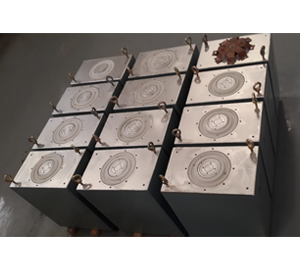
Applied Standard :
Rectiphase Make Energy Storage‚ Special Application Capacitors are manufactured to meet the specification of IS 13666 : 1993.
Operating Conditions :
Design :
Rectiphase Make Energy Storage Special Application Capacitors are designed with the aid of specially developed Computer Programmes. These are manufactured upto 150 KVDC rated Voltage.
Construction :
- The Capacitors are manufactured using all film or mixed dielectric impregnated with Non PCB fluid.
- Winding is done and arranged in such a fashion that it gives minimum inductance‚ for external connection sparallel bus bar system is used.
- Considering the high discharge current duty the inter element connections are designed to withstand the electromagnetic forces developed.
- The bushings are designed so as to withstand the discharge curreri upto 400 KAmps.
Standard Rating :
Capacitors are designed to operate at value of percentage voltage reversal between 20 to 80.
Categories :
Energy storage capacitors are classified into different categories depending on maximum peak current‚ repetition rate‚ Working temperature‚ storage temperature or inductance value.
Classification Based On Maximum Peak Current :
Classification Based On Repetition Rate :
Classification Based on Temperature :
Classification Based on Storage Temperature :
Classification Based on Inductance Value :
Electrical Performance :
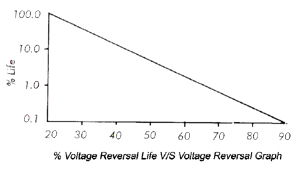
- These Capacitors are charged at a relatively slow rate‚ from few milliseconds to a couple of seconds and discharged at very fast rate. Thus‚ very high power outputs are obtained.
- Energy stored in a Capacitor is calculated as ; 1/2 CV2.
- Generally‚ these types of Capacitors are operated in oscillatory circuits.
- The % voltage reversal becomes an important parameter both in design and cost. Generally‚ this ranges upto 80% from 20%.
D. C. Life :
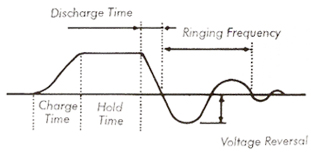
This is an important factor to be considered while designing Capacitors.
The Capacitor is charged to its rated voltage and held at this Voltage continuously though a trickle charge with ±5 Percent Variation. The test is continued till there is a breakdown. The time of breakdown shall be taken as total D. C. life.
Routine Test :
Type Test :
Over Load :
The maximum permissible overload current can be 1.1 times rated peak discharge current at rated percentage Voltage reversal and rated Voltage. depending on percentage Voltage.
ESR Measurement (Equivalent Series Resistance) :


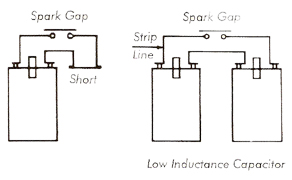
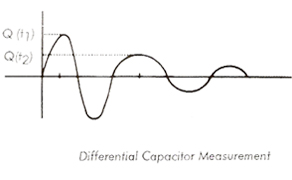
Charge / Discharge Cycle Test :
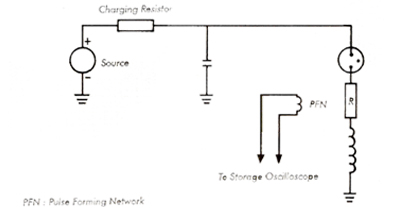
Life Expectancy Test :
In this test through an automatic switching device the capacitor charging / discharging cycle are repeated and the charging and discharging Current / Voltage parameters are monitred. The rated life of the capacitor varies between 104 to 106 cycles.
